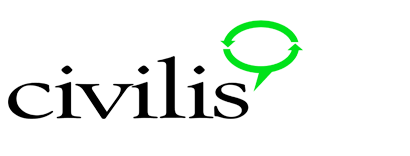A fast-growing, services-based company, with geographically dispersed teams working remotely, was experiencing service failures and growth was beginning to stagnate. As the company had grown and new employees came on board, departments/functions became siloed, collaboration suffered and communication between functions became almost non-existent. Critical information was getting lost or misunderstood, morale was declining, and more time was being spent correcting mistakes than spent effectively servicing customers.
We conducted a session with functional leaders examining 12 recent service failures including client complaints, client contract cancellations, staff turnover and operational mistakes. Performing a root cause analysis, we mapped current communication protocols between functional teams to identify how and where collaboration had broken down. From this, we developed and rolled out more efficient processes, along with tools for communicating between different functions as well as within functions and reorganized several teams. The rollout was supported with a “train the trainer” model for functional leaders after which we continued to follow up and guide adoption.
The new processes reduced the number of steps (volleys) by 25% between sales and operations, cutting amount of time (duration) and payroll (hours) to service a client. In the first year of implementation, the number of client complaints was cut by 50% and the company’s Net Promoter Score (NPS) improved from 6 to 9.

